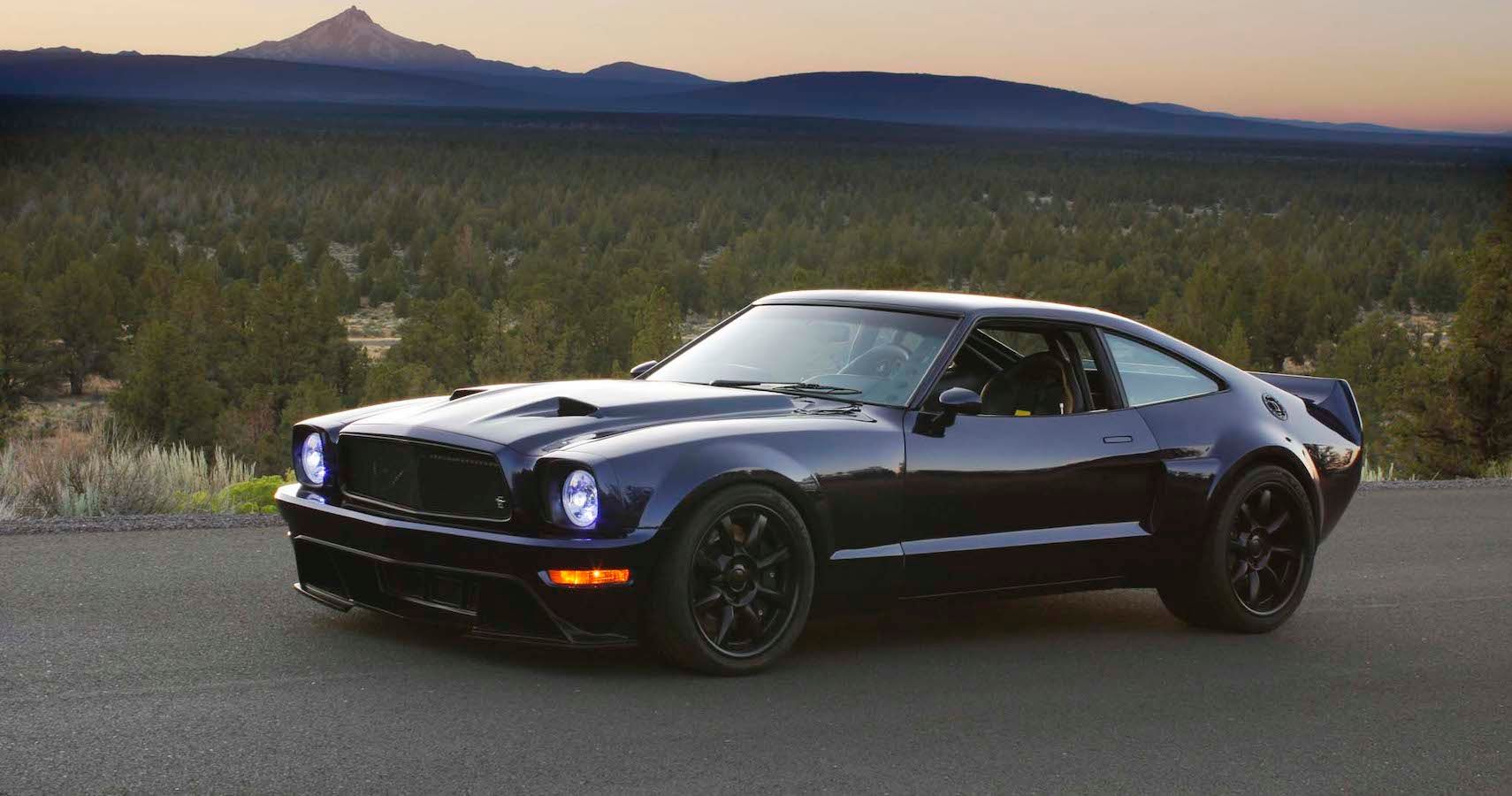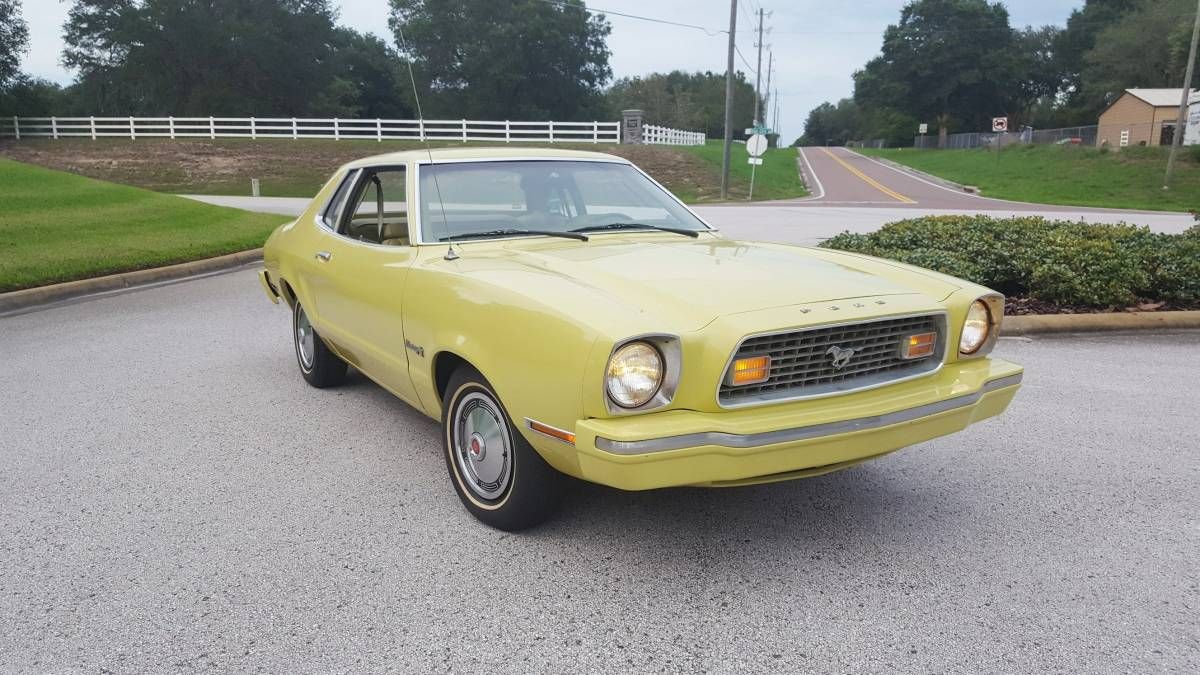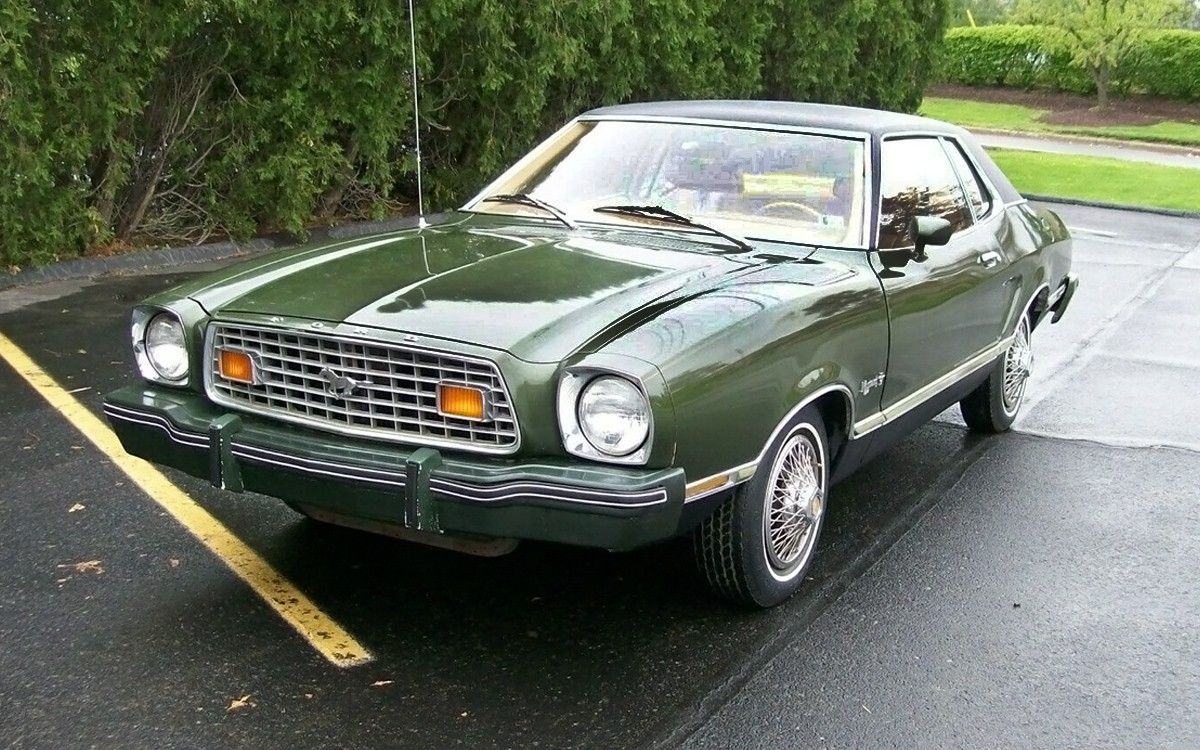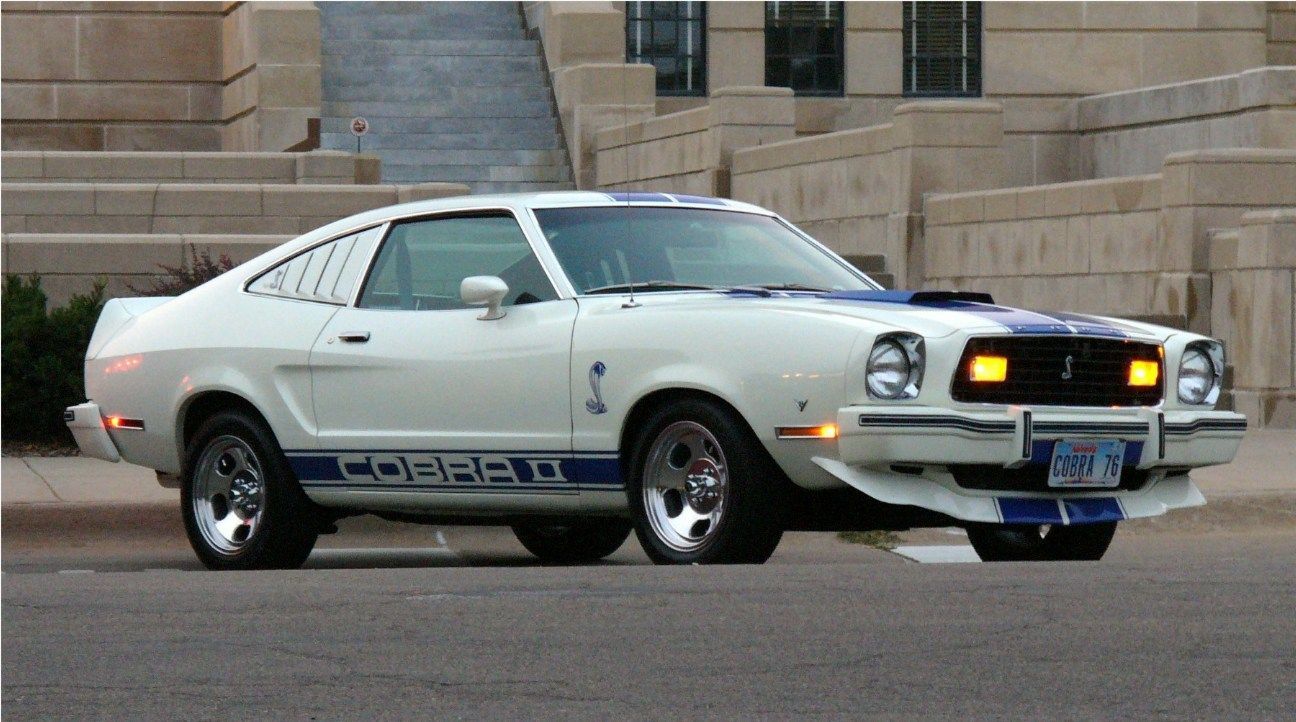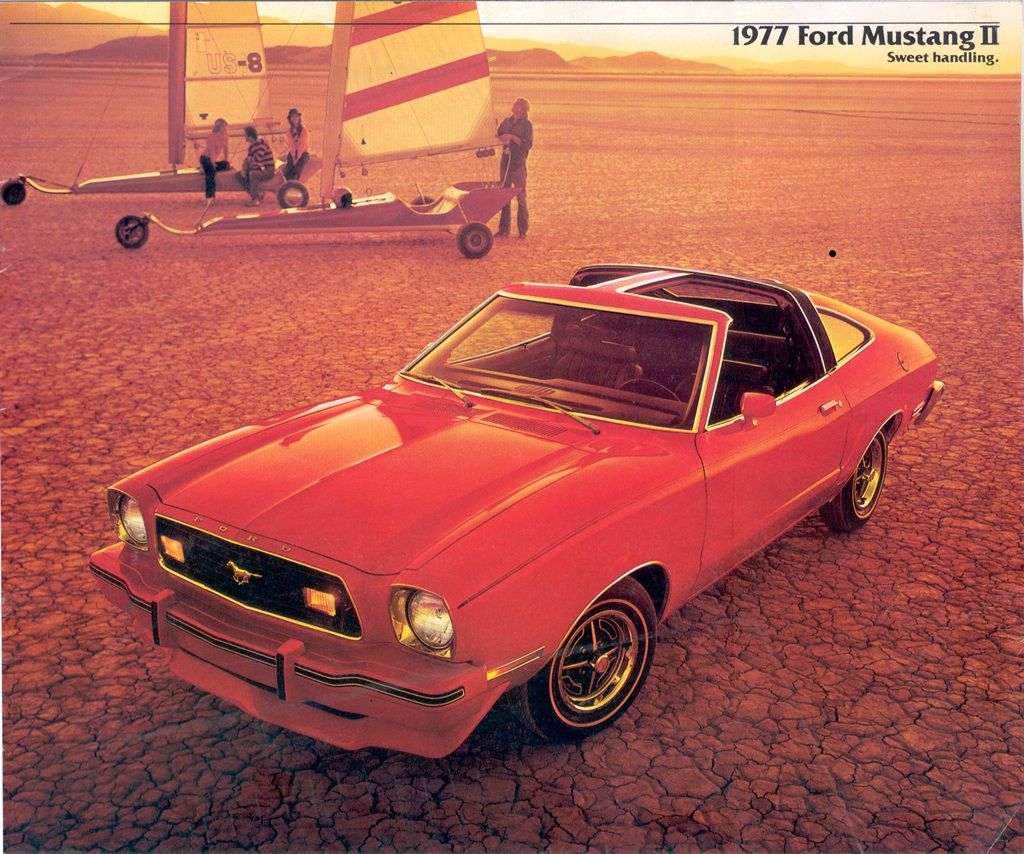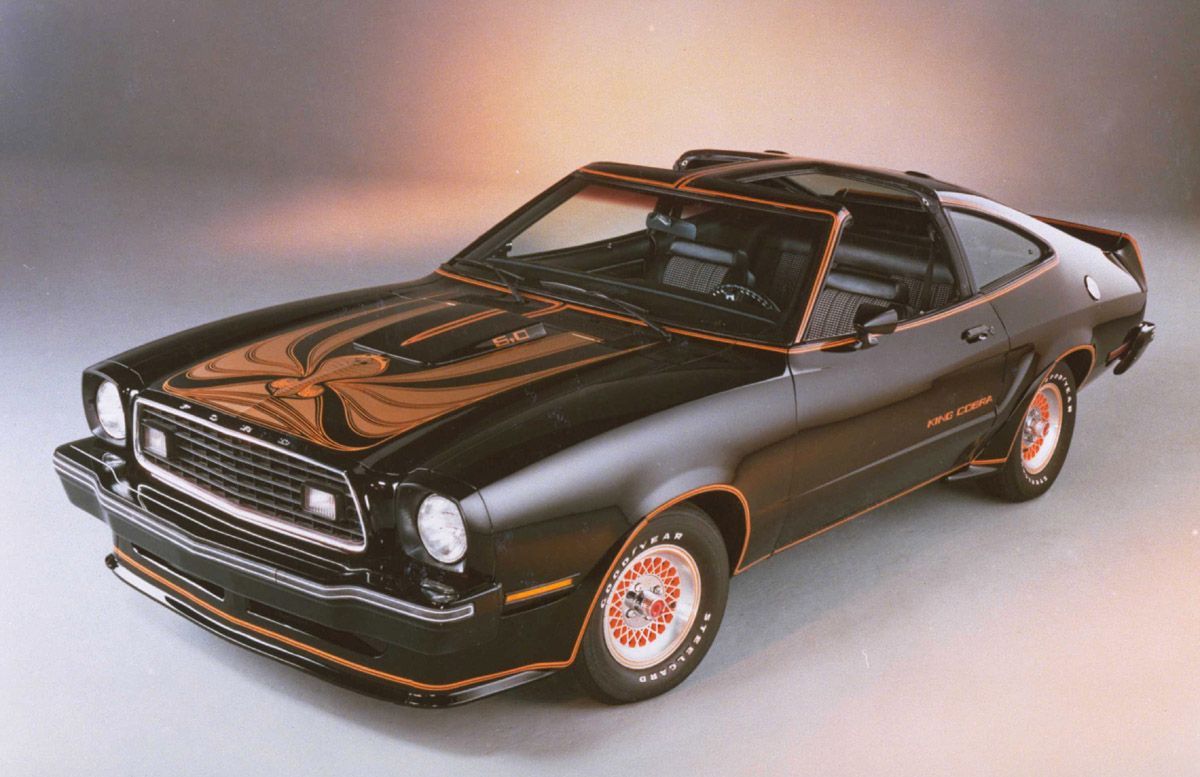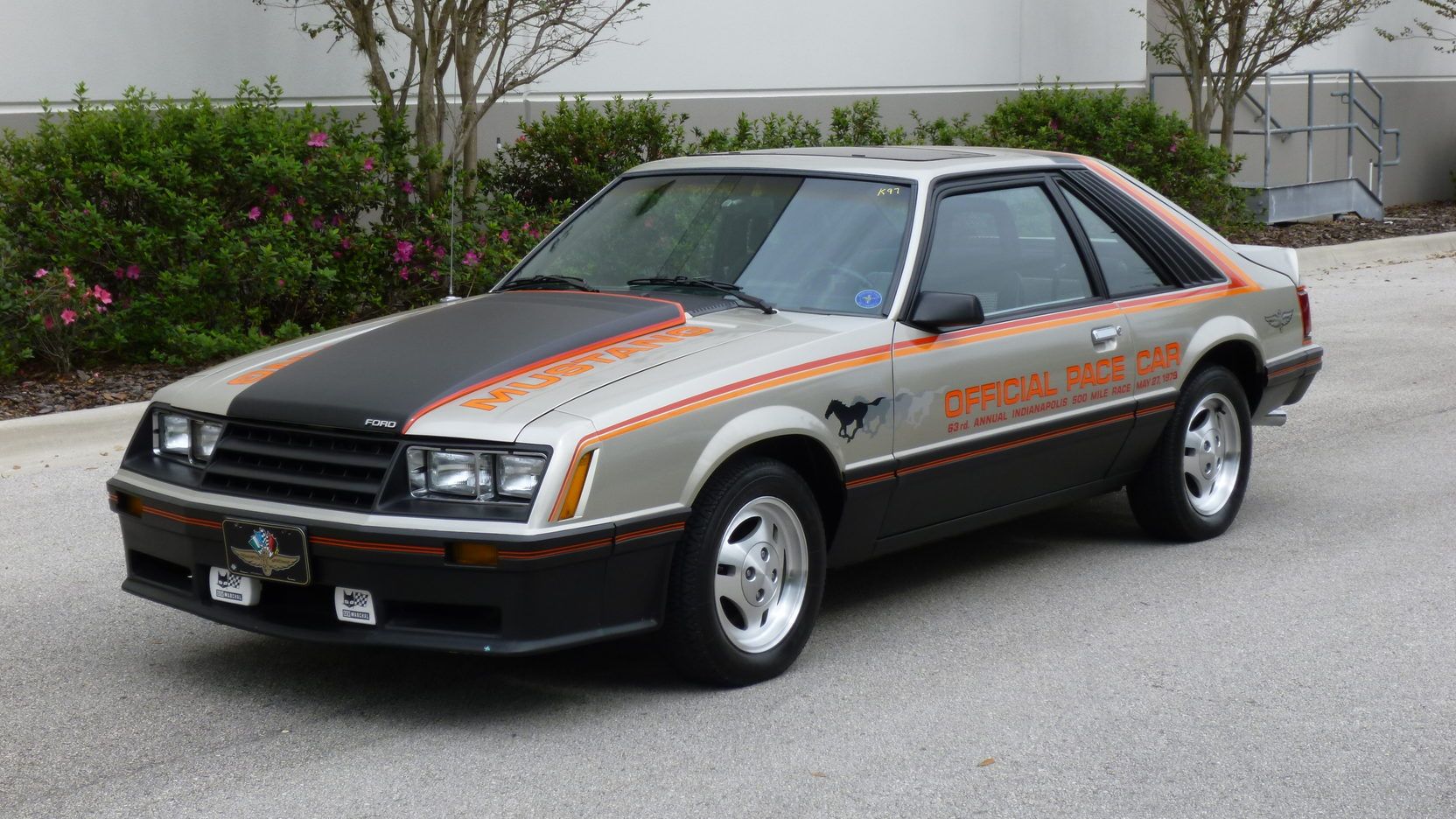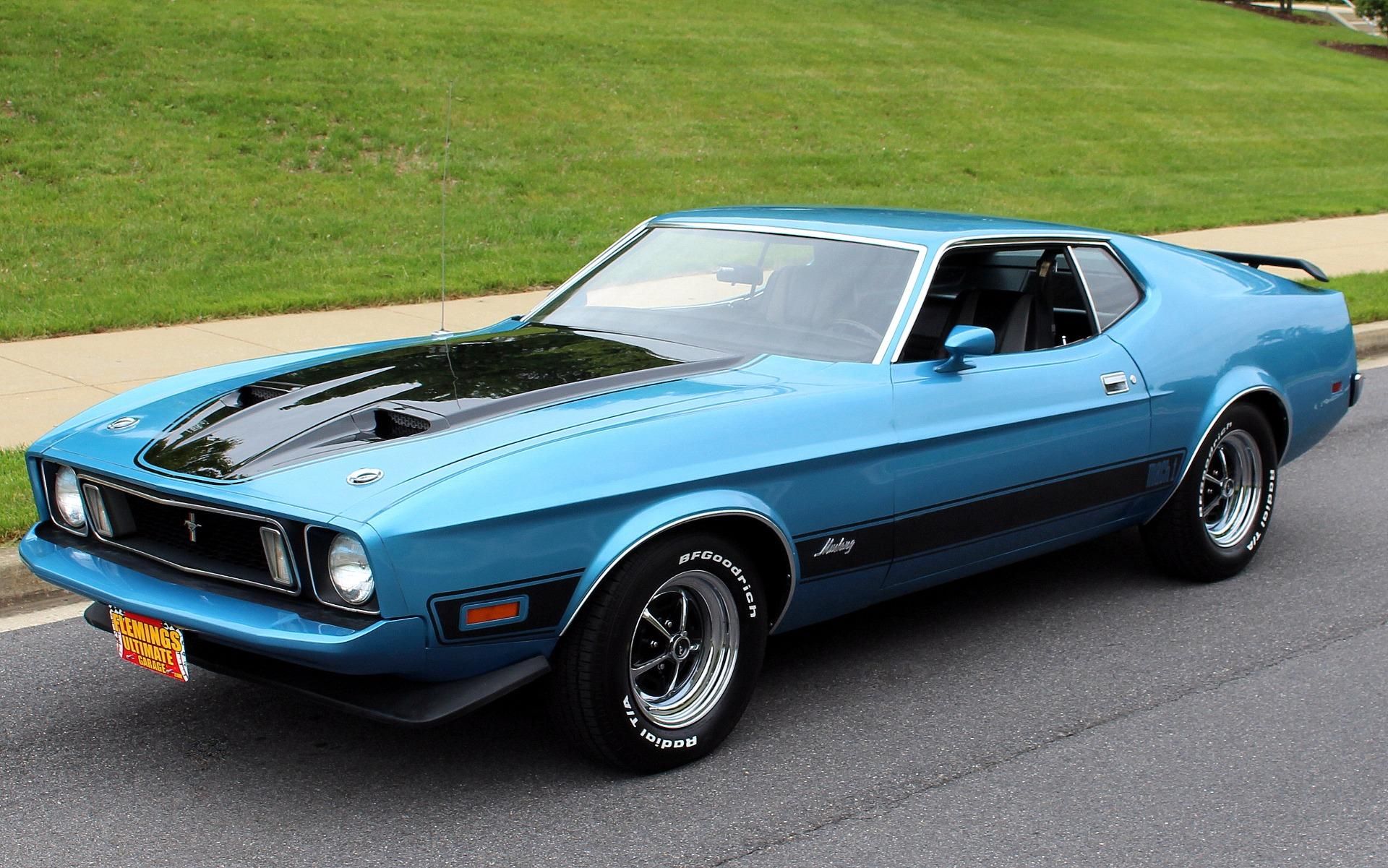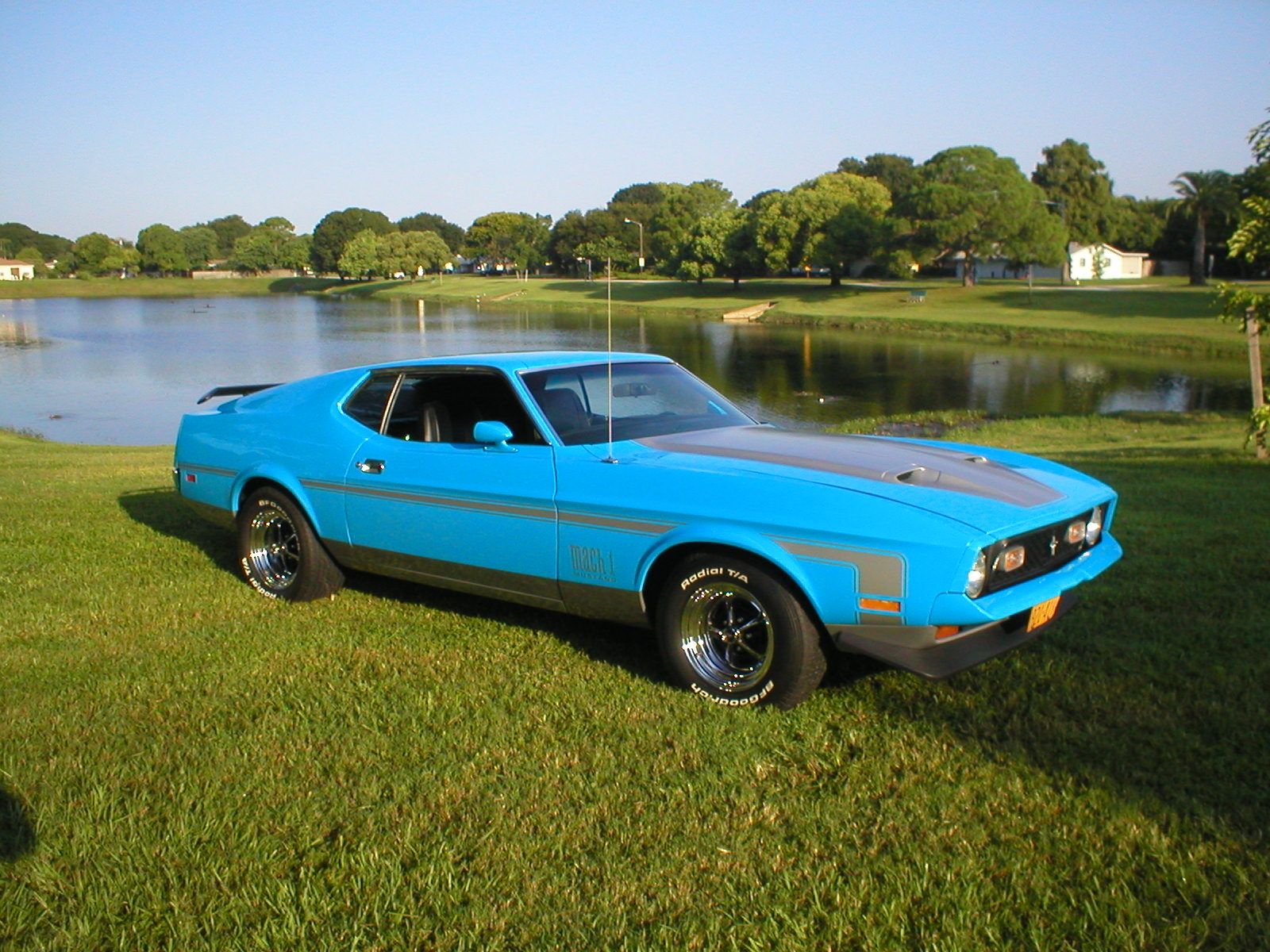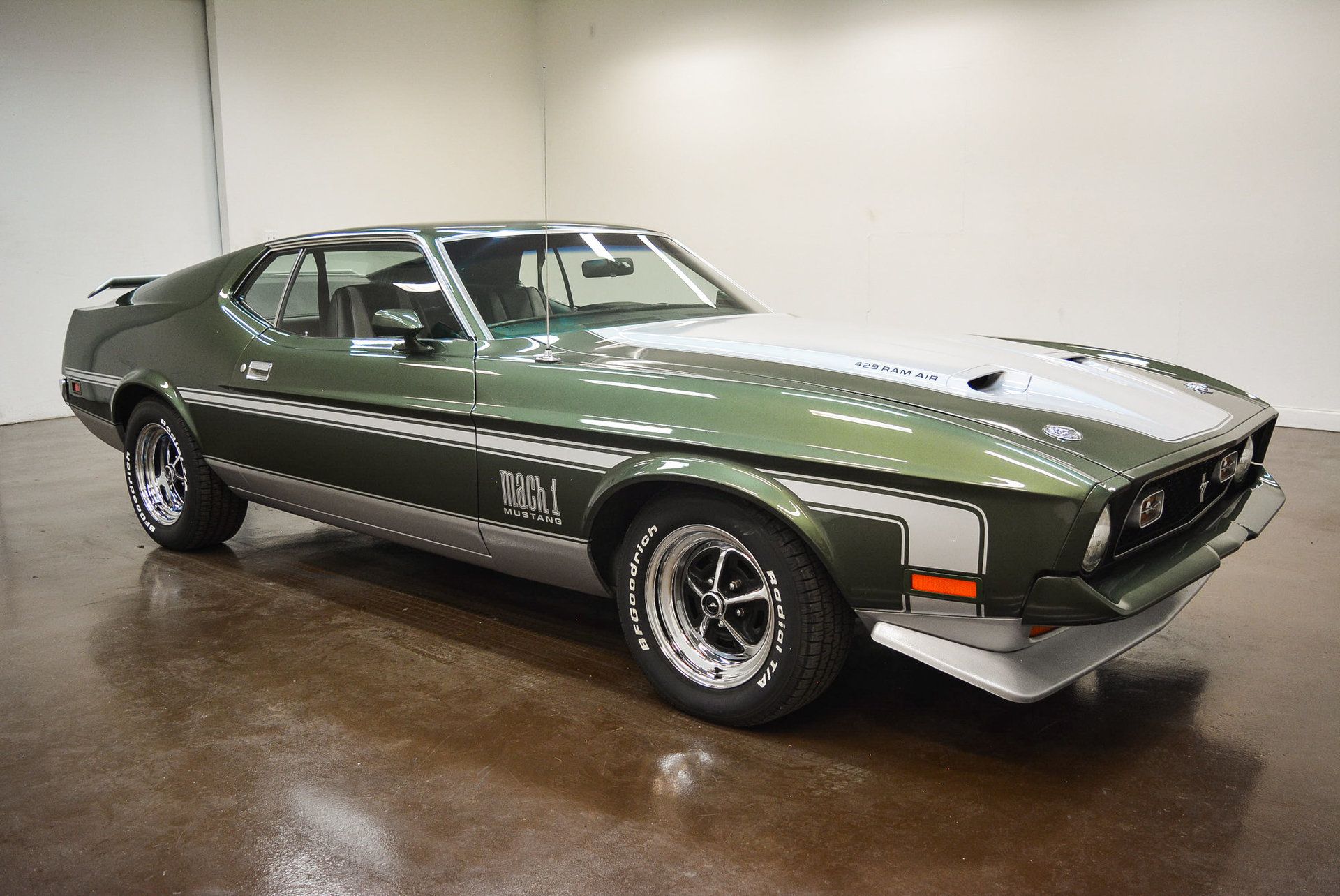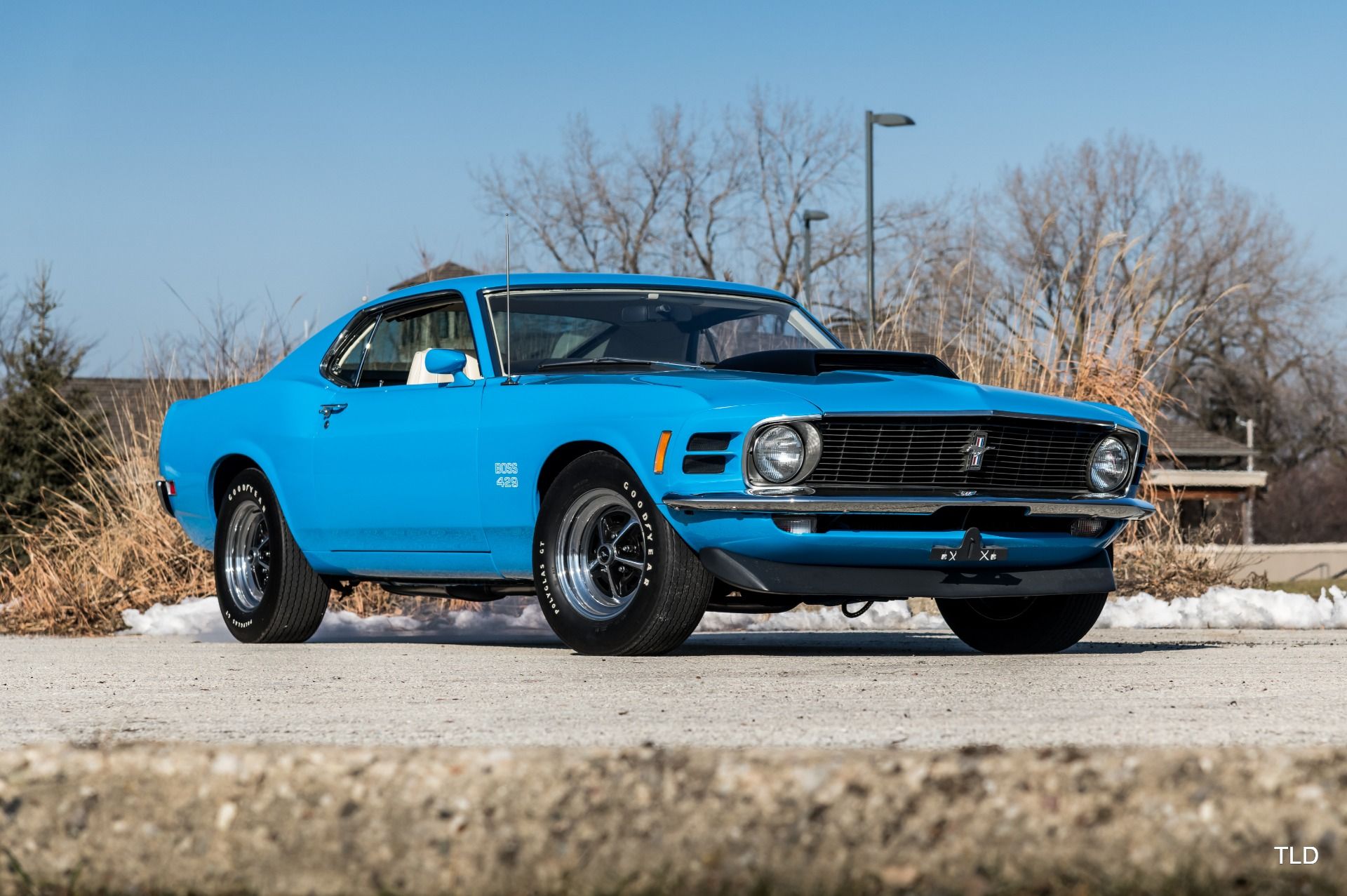The original Mustang holds the record for being the fastest-selling car in U.S. history – kicked off by the first one being sold two days before they were even officially available. More than 50 years later the Mustang is still popular, thanks to its unique combination of style, performance, and price. And now that Ford has decided to concentrate on pickups and SUVs, the Mustang will soon be the only car they make.
But it wasn’t always the answer to our driving dreams. Want to know what happened to the Mustang during the dark years of the 1970s? How it handled the era of downsizing, increased emissions regulations and gas crunches? Well, read on. Because we’re going to lay it all out – and rank every year from 1970 to 1979 from worst to best.
10 1974 – V6 Rallye
Lee Iacocca was the spiritual father of the Mustang, willing it into being and leading the team that made it happen. So it’s kind of surprising he also spearheaded the creation of the Mustang II for 1974 because no matter how you look at it, the Mustang II was pretty weak.
The idea was to recapture the excitement of the original car with a smaller, more nimble body, but the new one (based on the Pinto) had little to recommend it. Even the Mach 1 was merely a light visual tarting-up of an underpowered grocery-getter. The V6 Rallye Package with its Traction-Lok limited-slip differential, 4-speed manual, and suspension upgrades was the pick of a very sad litter.
9 1975 – MPG
Recognizing that while not everyone buys a V8, the Mustang still needs to have one, Ford fixed their mistake and put 8-cylinders back under the hood where they belong. But producing a mere 140 horsepower from 302 cubic inches of displacement, it was a dud taking 10.5 seconds to go from 0-60 in a Road & Track test.
Since all Mustang IIs were lame this year, we’re giving the very small crown of Best Mustang for 1975 to the MPG – featuring a 2.3 liter 4-cylinder, catalytic converter and EPA ratings of 23 mpg city and 34 mpg highway. At least it had something worthwhile going on.
8 1976 – Cobra II
Since there wasn’t much performance coming out of Detroit in the mid-70s, Ford turned to the next best thing: the appearance of performance. And so the Cobra II was born.
With any anemic engine choice, buyers could also spring for a non-functional hood scoop, front air dam and trunk spoiler, louvers over the rear quarter windows, cobra emblems on the front fenders and the all-important dual racing stripes nose-to-tail. Color schemes harkened back to real performance cars – Shelby Mustangs of the 60s – with blue stripes over white or the Hertz “rent-a-racer” combo of gold stripes over black. You’d lose any stoplight drag race to anything made before 1974, but at least you’d look good in the rearview mirror.
7 1977 – Fastback
Alright, let’s be clear. The 1977 Mustang was the same car as the ‘76. And the ‘75. And, really, the ‘74 (except for the available 302 V8). But it did come with one important optional difference: T-tops.
For the first time since the Mustang convertible disappeared in 1973, buyers could opt for that wind-in-the-hair feeling by checking the box for removable T-tops, but they could only get them with the fastback. But let’s face it, the fastback was the best-looking of the bunch, so it made sense it would have the cool option, no?
6 1978 – King Cobra
Pushing the performance appearance package to its illogical extreme – and in a case of keeping up with the Trans Ams – Ford released the King Cobra on an unsuspecting populace in 1978. If the Cobra II was good, the King Cobra had to be better, right? Well, sort of.
The King Cobra was the same as the V8 Cobra II from 1977, but with a huge Cobra graphic splashed across the hood à la the Trans Am’s screaming chicken. All that vinyl probably made the car a bit slower than the ‘77, but hey… it looked… cool?
5 1979 – Indianapolis 500 Pace Car
In 1979 Ford finally moved beyond the Mustang II with an all-new Mustang. The first of the famous Fox-bodied Mustangs, as well as Ford’s first foray into streamlined aero cars, followed by the 1983 T-Bird and game-changing 1986 Taurus.
The ‘79 came in notchback, coupe and fast/hatchback varieties, with 4-cylinder, 6-cylinder and 8-cylinder options. The V8, still producing a measly 140 horsepower, was now known as the 5.0, instead of the 302 as it was known before. The best iteration, by far, was the Indy 500 Pace Car replica with obvious exterior modifications and less-obvious suspension mods like front and rear sway bars designated the TRX performance package.
4 1973 - Mach 1 351 Q Code
Going back in time takes us up the performance ladder. By 1973, performance was waning due to insurance regulations, emissions requirements, and coming crash standards. But the party wasn’t quite over and the 1973 Mustang Mach 1 still had some moves – especially if you opted for the 266 hp 351 Cleveland Q Code Cobra Jet.
Not as awe-inspiring as the earlier Cobra Jets, the ‘73 still had enough power to impress, although it was no longer available with Ram Air, as Ford couldn’t get it certified by the EPA. In a move that would become very familiar in the years that followed, Ford “solved” the performance issue with an appearance package. In this case, the appearance of Ram Air without the complication of actually ramming the air into the carburetor.
3 1972 - Mach 1 R Code
The strange thing about the ‘70s (ok, one of the strange things) is that, unlike today, the further back you go, the more powerful the cars were. These days, manufacturers add horsepower every year, but back then they had to take it away to meet ever-increasing emissions and fuel economy requirements. That’s why the 1972 Mach 1 was faster and more impressive in every way than the ‘73.
The 1972 351 Cleveland High-Output R Code put out 275 horsepower, 9 more than the following year. Granted, it was 100 horsepower less than 1971, but don’t forget that ‘72 was the year power calculations were changed from gross horsepower to SAE net, and the numbers dropped dramatically across the board. Real-world power, however, remained the same.
2 1971 - Mach 1 429 Super Cobra Jet
In 1971, the original generation Mustang received its final facelift getting a more square appearance and NACA ducts in the hood to direct cool air to the carburetor for increased power. The Ram Air Super Cobra Jet 429 developed a blistering 375 horsepower and 450 lb-ft of torque – numbers that just a few years later would seem unbelievable.
The result of all that power was a rather quick 5.9-second trip from 0-60 and a mere 13.8 seconds for the quarter-mile. Yep, the ‘71 Mach 1 SCJ was an impressive car, but it wasn’t the king of the hill for the ‘70s because one year earlier there was the...
1 1970 - Boss 429
Unlike the 1970 Shelby GT500, the Boss 429 didn’t look like all that different from the other Mustangs. But it was, thanks to the legendary 429 Cobra Jet under-hood. This engine powered the winner of the NHRA Winter Nationals in ‘68 (among others), putting out an incredible 375 horsepower and 490 lb-ft of torque.
With only 499 made, it had power, pedigree, and rarity. And that means money. Want to know how much? According to the Hagerty Insurance valuation tool, a #1 Boss 429 comes in at $383,000, with an average car bringing $180,000. That doesn’t just make it the most valuable Mustang of the ‘70s, it probably makes it more valuable than all the remaining Mustang IIs combined.

